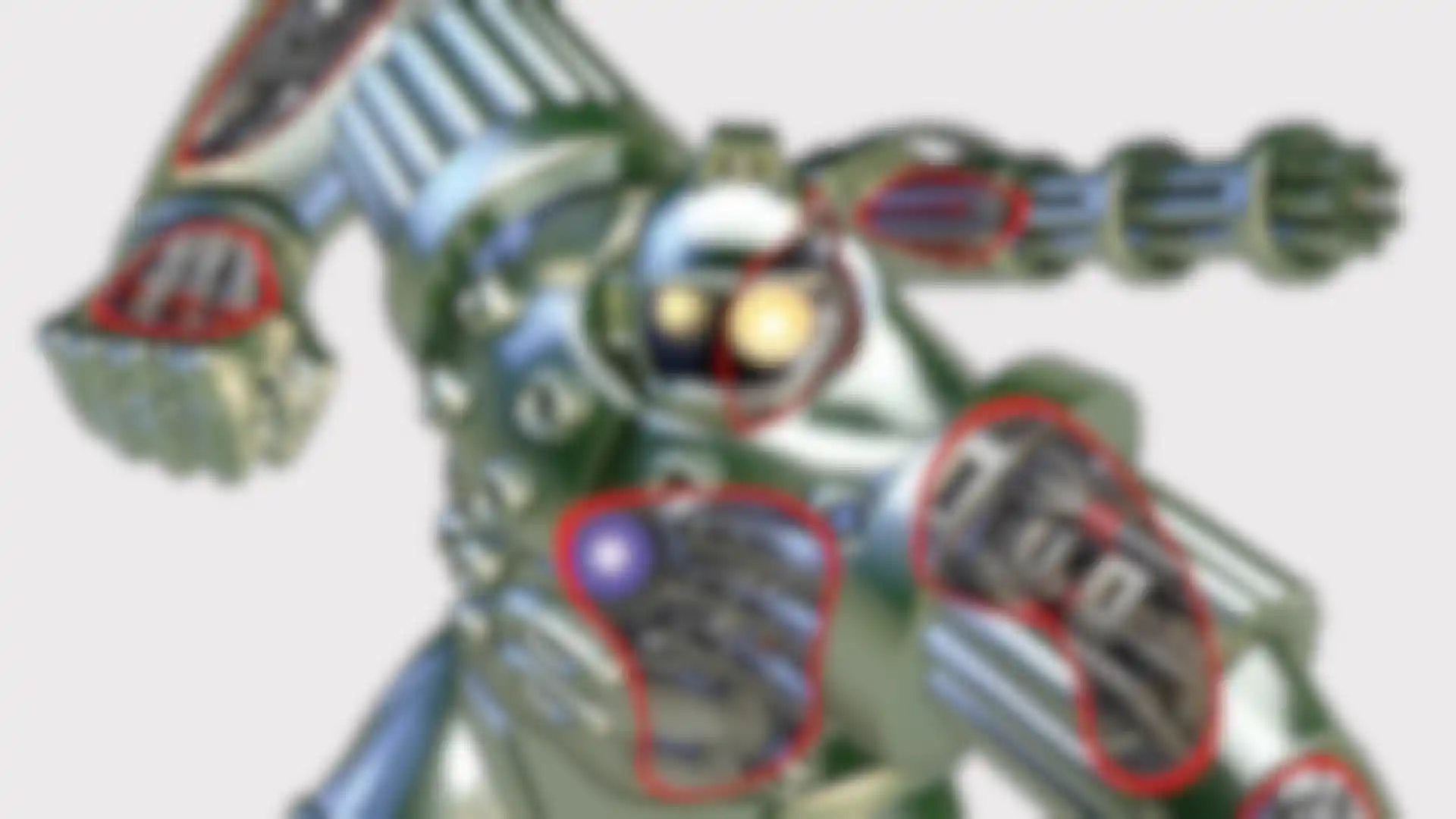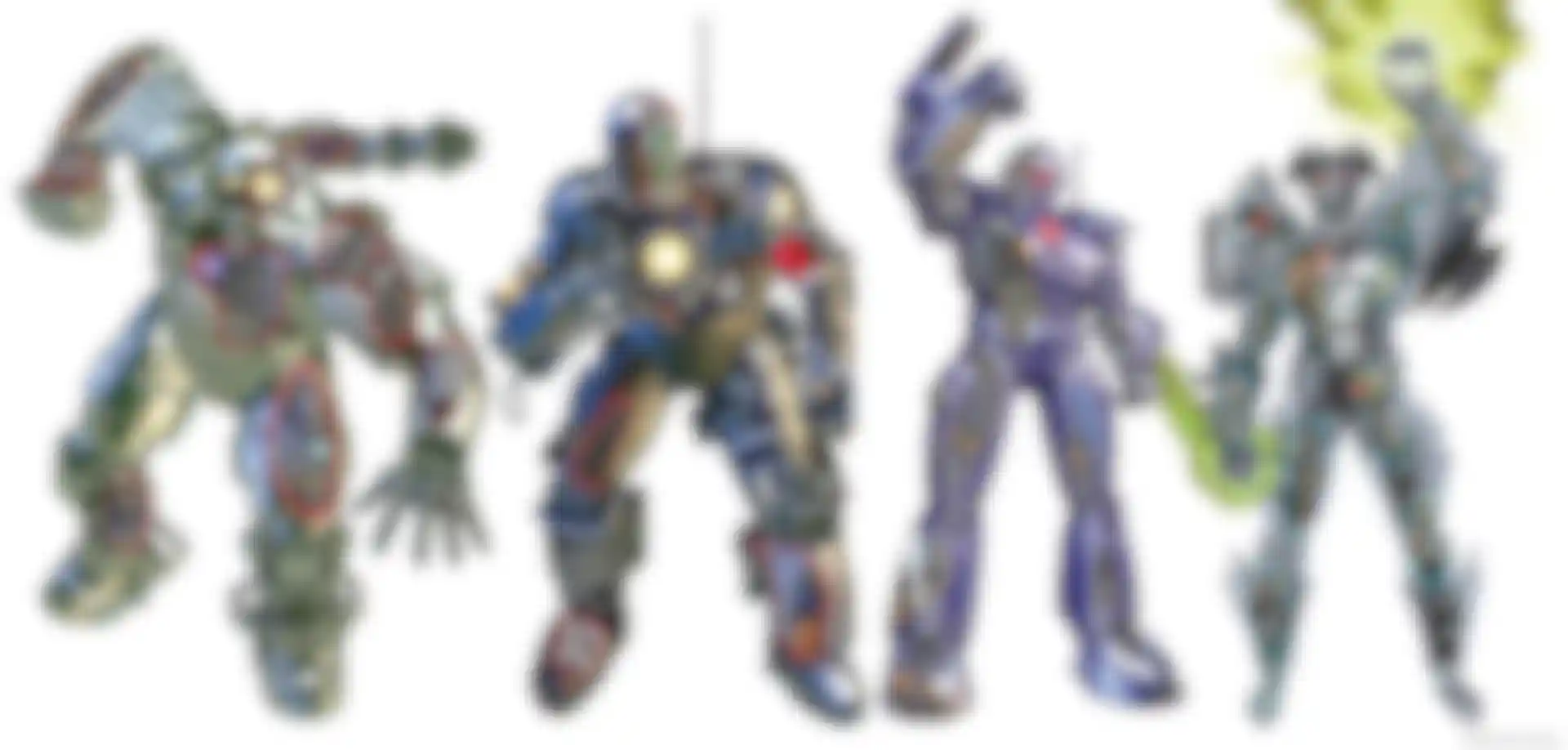
Marvels of Engineering British comic artist Kevin Hopgood uses Cinema 4D to reveal the inner secrets of Marvel's mechanoid monsters.
For the last two years, Eaglemoss has been revealing the secret world of superheroes through its weekly publication, Marvel Fact Files. The 100-issue collection builds up into an encyclopedia of the Marvel Universe, with each edition delving into the comic archives and delivering details about the likes of Spider-Man, Wolverine, Iron Man, Captain America, Thor and all their evil arch enemies.
As well as calling on decades of comic art, the publishers also commissioned a series of cut-away illustrations, exposing hidden details of vehicles, buildings, robots and exoskeletons. These images were produced by British comic artist Kevin Hopgood, famous for his work on 2000 A.D. as well as stints on the Doctor Who and Iron Man comics. "One of the first cutaways I did was War Machine," he says, "which was really nostalgic for me as I'd co-created the character during my run as penciler on Iron Man back in the Nineties."
To better help him realize the style of artwork, Hopgood turned to Cinema 4D. "I initially did the illustrations in Adobe Illustrator and treated them as a technical drawing exercise," he explains. "The jobs seemed to be demanding more 'shiny chrome' effects, which can be a pain to draw but a really easy effect to get in 3D. I started off introducing more 3D elements into the artwork but I wasn't confident that I could pull the whole thing off in 3D. I finally bit the bullet with a cutaway of the Iron Man villain The Titanium Man. That one turned out how I wanted, so I stuck with a 3D workflow for the rest of the illustrations."
Each image begins life as a pencil drawing to block out the character's pose. "Once the guys at Eaglemoss have okayed it I use the drawing as a basis for the modeling work," says Hopgood. The characters are then modeled with a combination of Cinema 4D and ZBrush using the GoZ plugin to jump between the two. Work starts by building up a base mesh in Cinema 4D, where Hopgood says he's really enjoying the new Polygon Pen tool and has found the Bevel Deformer to be quite useful. For hard surface elements with complex curves he's turned to Splurf from Blackstar Solutions. The €35 plugin enables him to define shapes using splines and then generate smooth polygonal patches.

The mesh is moved into ZBrush for fine detailing before being returned to Cinema 4D for materials, lights and final render. "I've also been using the sculpting tools more than I thought I would," he adds. "Quite often I want to do a quick tweak that I don't want to go over to ZBrush to make."
For rendering, Hopgood employs a series of studio lighting setups from C4Depot. "My favorite set up has got three digital 'soft boxes' and a fairly abstract HDR image on a Sky object. Most of the metal material presets seem to give good results with this setup. I've been using Global Illumination with the Physical renderer set to 'Object Visualization – High'."
The poster-size images fold out onto three pages of A4, so the illustrations need to be pretty large. "I've been doing everything in small chunks to keep file sizes down," he comments. "I don't render it all out in one go but render out individual body components and composite it all in Photoshop. If the silhouette doesn't quite match the drawing I'll tweak it using the Liquify plugin; I think that helps to establish and maintain a dynamic pose and avoid the woodenness you sometimes get with 3D figures. I've been drawing the 'wall' between the cutaway bits and the outer surface in Adobe Illustrator. Apart from that it's all 3D."
Since moving into the 3D realm, Hopgood has really embraced the medium, and now has his eye on 3D prints to complement his 2D artwork. "Eaglemoss also do a range of Marvel & DC Comics figurines," he says. "In the past I've done concept sketches for the modelers to work from, but I've been aware that with 3D printing it's possible to sculpt digitally and output a model to make a cast from. I've just had my first figurine model approved by Marvel, so it looks like I'll be doing a lot more 3D work in future."
However, Hopgood notes that not all 3D software is created equal: "Other 3D programs I've used are a tad unstable and prone to crashing," he declares. "When deadlines are approaching it's good to be working with a rock-solid tool like Cinema 4D that can take everything you can throw at it."
Kevin Hopgood Website:
www.kevhopgood.com

